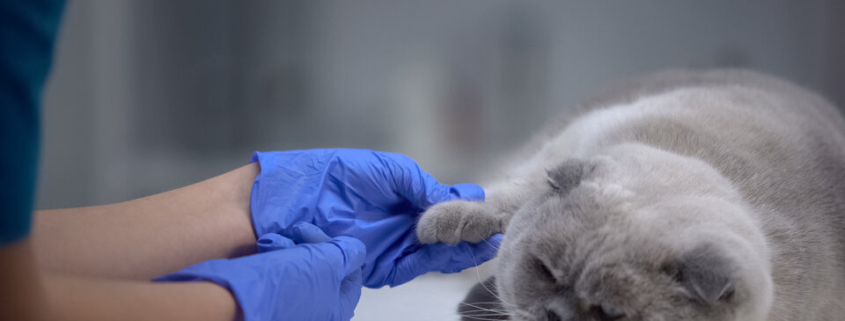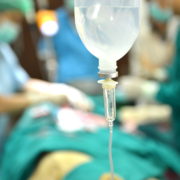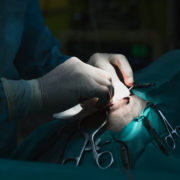Dealing with Chronic Wounds: Wound Care 101
Caring for and treating patients with chronic wounds can sometimes be frustrating and discouraging. You so desperately want to give them the best wound care possible and see them live their lives to the fullest, but nothing seems to offer a permanent solution. You may be able to improve your results with the BioSIS method.
Using Porcine Small Intestinal Submucosa (SIS) for Wound Care
Researchers say that using porcine SIS to treat chronic wounds has improved healing time and permanency. Due to its makeup, an acellular, biological extracellular matrix (ECM), porcine small intestinal submucosa draws in the host’s cells to attach and multiply. This aids in quicker, more permanent healing.
Growth compounds like collagen, elastin, glycosaminoglycans, and proteoglycans help with the healing process. And it’s not just one cell that’s attracted to the matrix. Porcine SIS attracts numerous cell types for a healthy, diverse layer formation. Since it takes more than growth factors to aid in the healing process, it’s fortunate that SIS has been found to decrease matrix metalloproteinases (MMP) activity. These endogenous proteolytic enzyme levels usually rise with chronic wounds.
Even better, the mechanical properties of multi-layer SIS are stronger and degrade slower as opposed to single-layer SIS. Pertaining to the repair of different kinds of wound types, these two SIS products provide flexibility when choosing a biologically-active ECM.
1-Layer VS. 3-Layer SIS
When choosing between 1-layer SIS and 3-layer SIS, studies show a thicker matrix may be preferable. One study done in diabetic mice showed the 3-layer SIS didn’t require application as frequently as the 1-layer matrix. Where both SIS layers were applied to full-thickness wounds on the day of wounding and three days later, the thicker matrix showed larger sections of unincorporated layers—meaning there was still significant space in the matrix for cells to mitigate.
This is good to know for patients that may have owners who live farther away and travel a greater distance for appointments or cannot afford frequent applications.
More Reasons to Consider the SIS Method
Besides reducing MMP levels, you may also want to consider the SIS method for wound care because it contains proteins that foster cell attachment and growth factor binding sites, sequester matrix-degrading enzymes, and enhance cellular filtration into damaged tissue. In addition to these positive effects, it also supports new blood vessel growth, which is vital to wound recovery.
Overall, small intestinal submucosa has been found to not only increase healing in wounds but also the rate at which the wounds recover compared to the standard of wound care.
If you’d like to further discuss this method of wound care or have any questions, please contact us. We would be happy to speak with you! And if you’d like to read more on topics like this, visit our blog page.





